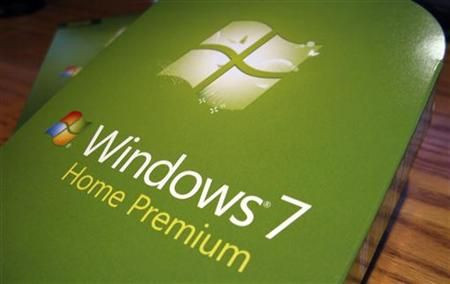Windows 7 End-of-Life Deadline, Security Threats If You Don’t Upgrade

The Windows 7 End-of-life deadline could put Microsoft users’ devices at serious risk. Issues such as malware infections and the like are just some of the major concerns that Windows users who do not upgrade could face as the end of the well-loved operating system approaches.
January 14, 2020, marks the official end for Windows 7. Microsoft will no longer support and it will stop issuing security updates for the said operating system.
It is a fact that amidst the repeated effort from Microsoft to remind the Windows 7 users of the OS’ approaching end-of-life deadline, only a certain percentage responded and upgraded to newer operating systems such as Windows 8 and Windows 10 for various reasons.
Potential Risks
Microsoft users who fail to upgrade their operating systems by the Windows 7 end-of-life deadline would be exposed to vulnerabilities, as rumors that surfaced online suggest. Since hackers are always on the look for easy-to-exploit devices such as those unpatched and unprotected, the approaching end-of-life deadline means devices that remain to run under Windows 7 will be at high risk of hacker invasion.
For the record, a group of hackers infected more than 230,000 Windows XP and Windows Server 2003 operated devices with WannaCry Ransomware in 2017 using the EternalBlue, a leaked Windows vulnerability that the hacker group named ShadowBrokers stole from the National Security Agency.
Both the two operating systems were no longer supported by Microsoft at the time of hacker invasion. Windows XP retired in 2014 while Windows Server 2003 retired in 2015.
Another report of hacker invasion for Windows XP and Windows Server 2003 was reported earlier this year. The hackers managed to access the computers running on the two retired OS and successfully launched a malware attack on the affected devices. In both the cases mentioned, Microsoft had to issue security patches for the retired operating systems in order to address the problem.
What Can Windows 7 Users Do?
For individuals and companies that had to delay upgrade as they need to spend much in order to transit from Windows 7 to Windows 10, Microsoft offers an Extended Security Update Program until 2023. Users will have to pay $50 per device in the first year in order to receive bug patches and continue using Windows 7 Pro. They need to pay another $100 per device for the second year and $200 per device for the third year.
© Copyright IBTimes 2024. All rights reserved.





















